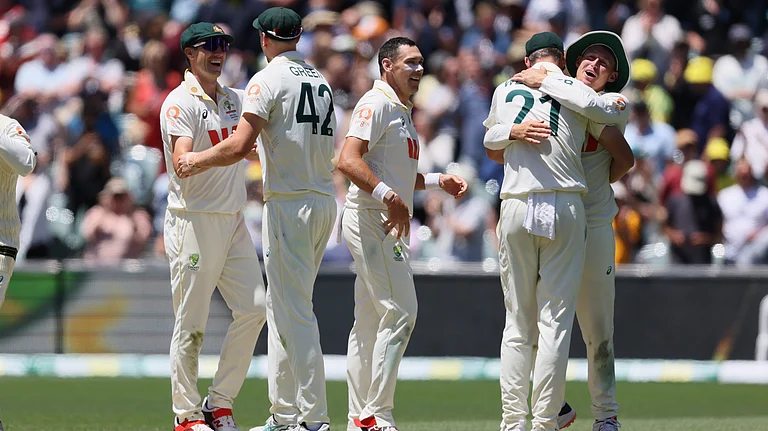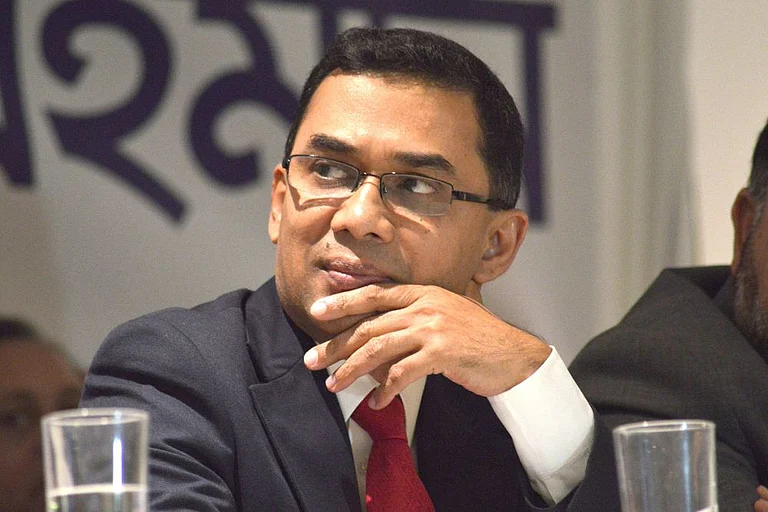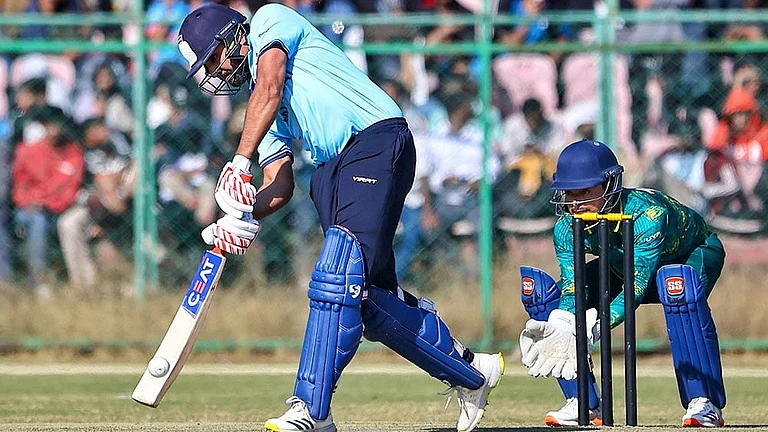The losses are easy to tot up. The greatest has been the blow to the Congress’ credibility as a responsible alternative to the BJP. India can’t have a two-party system because the federal structure that has stabilised two parties or groups in all but one or two states has yielded as many as 35 parties in the Lok Sabha. But it has been moving towards a binodal system in which stable coalitions are emerging a round the BJP and the Congress. This process was almost complete on the BJP dominated Right. But it had still to jell on the Congress-dominated Centre-Left. For that, the Congress needed not only numbers, which it had, but also a certain moral ascendancy. After its Pachmarhi decision not to pull down governments capriciously, it had gained in stature, and this was re flected in its victories in Delhi, Rajasthan and Madhya Pradesh. That moral ascendancy has taken a beating. Today, few in the party contest the view that opposing President’s rule in Bihar was a big mistake. But was it necessary for the party’s leaders to be propelled by that mistake into making several more, till they became objects of derision in the country? The second loss has been the setback to governance. The Vajpayee government now is like a champion steeplechaser who has hit a fence halfway a round the track. The government stumbled just when it was hitting top speed. The talks with the US on India’s future nuclear status were almost complete. A breakthrough had been achieved in relations with Pakistan but needed to be followed up urgently if the Doubting Thomases in the Pakistani establishment were not to gain the upper hand again. The government had grasped the nettle of the fiscal deficit in right earnest, and promised a second generation of structural reforms to attract foreign investment.
Today, as a caretaker government, it is uncertain about how many of these initiatives it can still follow up. That is why Atal Behari Vajpayee is pressing for an election in June. But before the Election Commission (EC) takes a decision, its members would do well to remember that an election in June will lower the turnout by at least 10 per cent. Most of these will be manual labourers, old people and women. Is this not another way of denying them franchise? Now that the Chief Election Commissioner has called an all-party meeting to decide the poll date, it is a foregone conclusion that the next election will not take place before September-end. So how should the Vajpayee government behave? There is no dearth of pundits eager to offer advice. But the ruth is that the concept of a caretaker government has no constitutional sanction. Such a government can take any decision except those forbidden by the EC under its code of ethics. The only difference between these and ‘normal’ decisions is that they can be reviewed, and if necessary verturned, by the new Parliament, without violating the moral obligation of successor governments to respect the decisions of their predecessors. The notion that a caretaker government could not take important decisions without first clearing them with the Cabinet Secretary first came up during the Charan Singh’s August-December 1979 regime. But that was a very special case, as Charan Singh was appointed caretaker prime minister by President Sanjeeva Reddy — inspite of never having won a vote of confidence in Parliament — with the specific purpose of keeping Jagjivan Ram out. Though it too was not constrained by the Constitution, its moral right to take decisions of consequence was therefore questionable.
There’s another reason why Vajpayee shouldn’t accept any restrictions on his powers as prime minister. All that the concept of a caretaker government does is to shift the final decision-making power from the prime minister to the Cabinet Secretary. The latter is even less of a custodian of the peoples’ will than a prime minister who has faced Parliament and is an elected representative of the people.
BUT there have been a few gains too. First, in contrast to every other coalition government India has had, the fall of the Vajpayee government has not led to a breakup of the coalition. On the contrary, two days after his government fell, Vajpayee was able to present the President with the names of 271 members who still supported him.
Second, there was very little of what Indians refer to euphemistically as ‘horse-trading’. During the nine days’ interregnum, several efforts were made to ‘induce’ members of Parliament to change sides. In political circles, sums of Rs 2 crore to Rs 5 crore per MP were freely aired. But in the end, parties and party alignments did not break up.
Third, the vote of confidence and its aftermath has polarised Indian politics further. The only group that has visibly shrunk is the ‘third force’. One of its main constituents, the DMK, has thrown in its lot with the BJP. This is a direct result of the rapprochement between the AIADMK, its bitter rival in Tamil Nadu, with the Congress. Another, the 'backward’ caste-based Samajwadi Party, which has 20 seats in Parliament, is showing signs of drifting towards the BJP.
This makes it nearly certain that whoever wins the next election will in all probability secure an absolute majority. When that happens, India’s transition from dominant party to binodal democracy will be complete.























